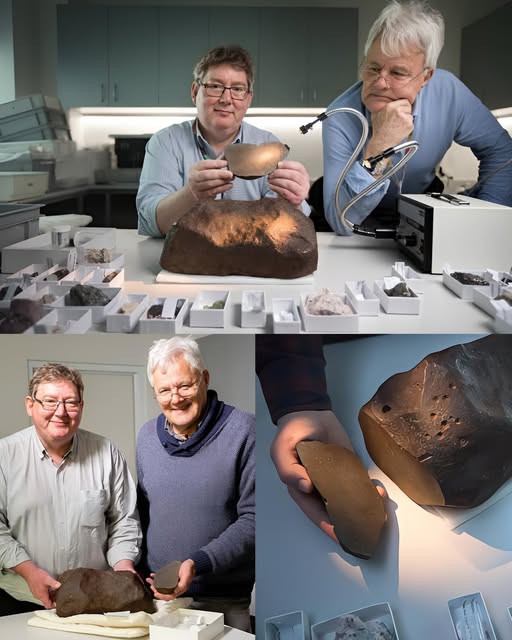In 2015, an Australian named David Hole was using his metal detector in the goldfields near Maryborough, Victoria. The area was known for its 19th-century gold rush, and he was hoping to find some gold. His detector signaled something, and after digging, he found a heavy, reddish rock, nearly 17 kilograms. It looked unusual and slightly metallic, leading him to believe he’d found a huge gold nugget.
Hole tried everything to break the rock open, sure there was gold inside. He used metal tools, a hammer, fire, and acid, but nothing worked. The rock wouldn’t break, as if protecting something. Frustrated, he left it at home for years.
In 2018, Hole brought the rock to the Melbourne Museum. Experts identified it as a rare meteorite. Tests showed it was about 4.6 billion years old, older than Earth, and formed at the beginning of the solar system. The gold hunt had turned into a cosmic discovery, a piece of the universe’s beginning. The meteorite was more valuable than gold, giving scientists a look at how planets and stars formed, a true treasure from space.
